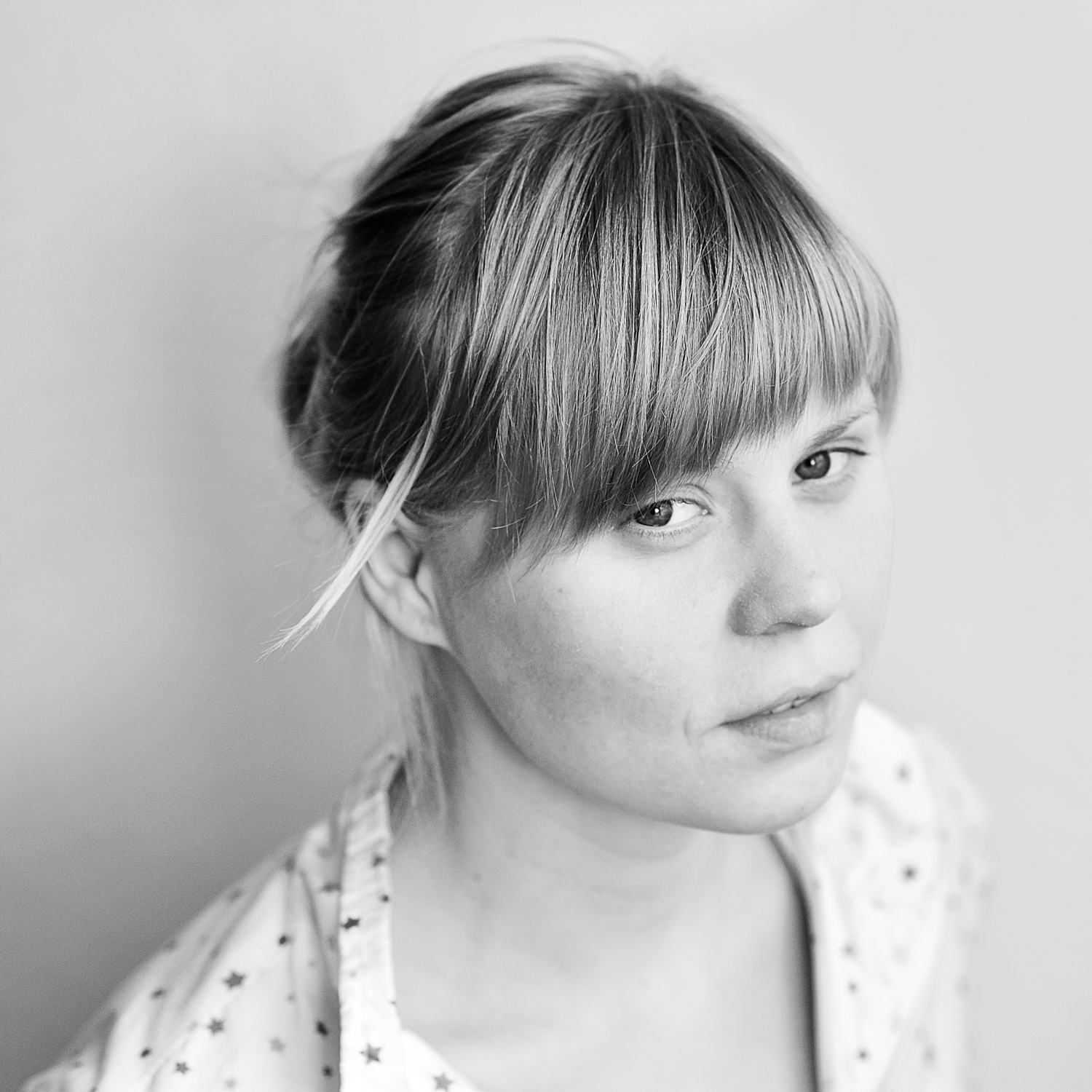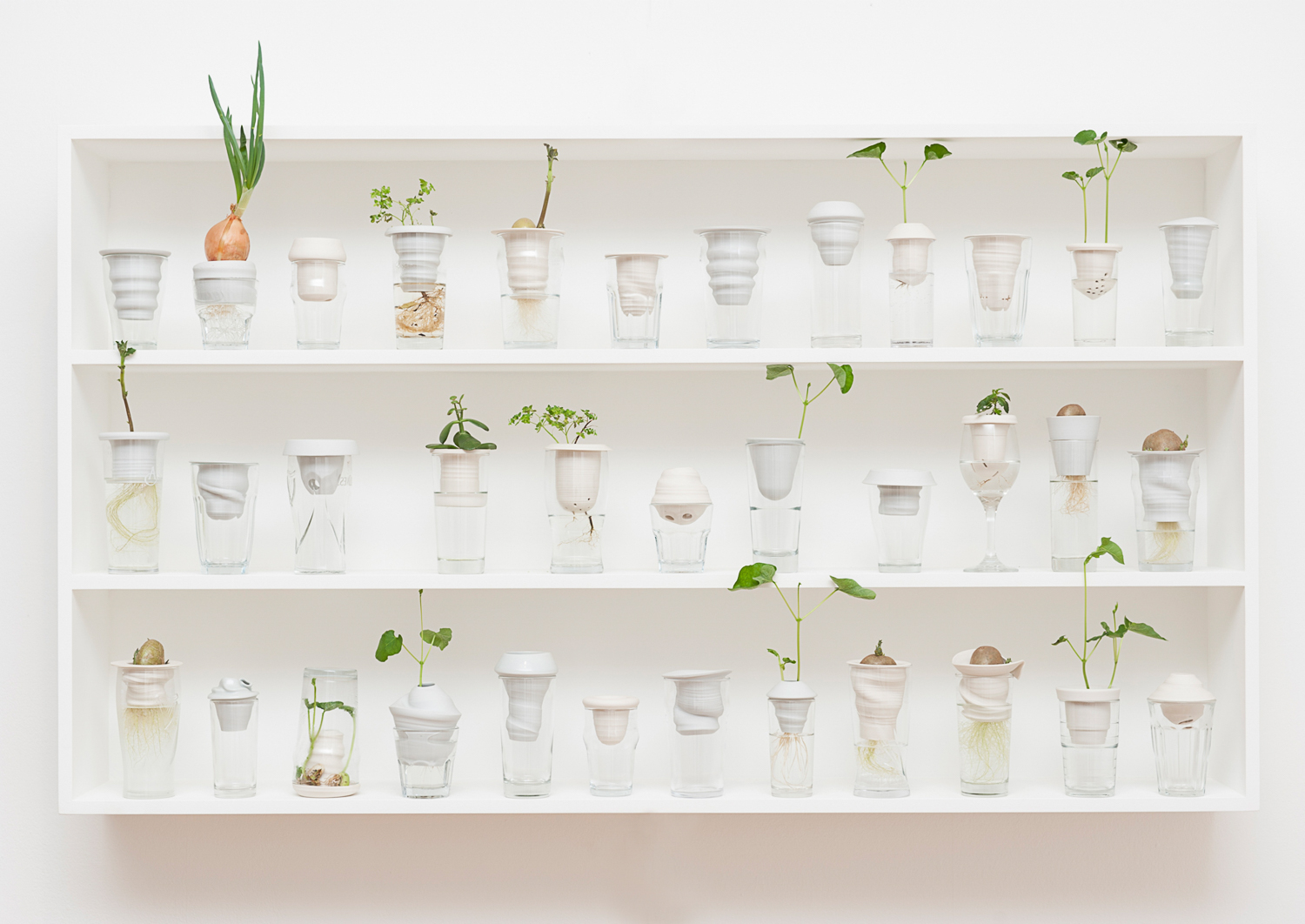绿意园II
PLANTATION II
2014
对设计师而言,之所以尝试并践行“绿意园II”这一项目,是因为有必要寻找一种非同寻常且极富象征意义的方式来利用已被丢弃的物品。探寻玻璃的循环利用功能这一灵感来自伦敦街头的废弃物件。为了探究这一现象,艺术家用了一个月的时间,在每天清晨4-6点,穿街走巷,收集公交站、长椅、路边、门口甚至购物推车里的废弃玻璃杯。
最后,这些大小不一的玻璃器皿,同由设计师手工精心打造,形态各异的瓷器相结合,成为了一个全新的设计物件。这些独特的瓷器适于种植植物,倒置之后可以作为种子发芽期的小型温室。这一项目使消费者尝试思考并开发普通玻璃器皿的功能,使其在新的场景下具有崭新的意义和用途。
PLANTATION II was established because of the need to find a remarkable, almost symbolic use of that what has been abandoned. An investigation into a recycle function for glass was inspired by debris in London’s streets. In examining this phenomenon the artist spent over a month in the early morning, between 4 am and6 am, searching the streets and collecting abandoned glasses from busstops, benches, curbs, alleys, gates and even shopping carts.
The many shapes Patanowska found led to an assortment of handmade parts that can be inserted into a variety of glass vessels. These unique porcelain components are suitable for growing plants and when turned upside down they can be used as a mini greenhouse, ideally during seed germination. This product allows the consumer the opportunity to reinvent the function of an ordinary glass vessel and give it a new context and purpose.
设计师简介 About The Designer

Alicja Patanowska
Poland/波兰
*1983
www.patanowska.pl
位于波兰的陶瓷艺术家Alicja Patanowska于弗罗茨瓦夫łAW美术学院陶瓷和玻璃部完成学业。她曾获得奖学金前往位于意大利法恩莎的超级工业研究所深造,在哪里研习的一年帮助她更好地认识并界定自己的设计方式。Patanowsk表示,陶瓷工厂那些将自己的整个职业生涯灌注于这一行业来揭示生产过程秘密的工人,以及他们掌握的知识和技能对她具有莫大的吸引力:“工人是一个知识和信息的宝库。他们是低调的大师,是在自己领域最好的专家。”
在Patanowsk的作品中,我们可以观察到人与人、人与物之间相互作用的重要性。如人与人在创作过程中的思想交流,以及物品在与人接触时如何凭设计或功能赋予自己生命。Patanowsk的设计倾向视觉上的简洁,同时极具功能性和装饰性,她的作品同时还包含了许多个人和文化的借鉴。
引用:
http://culture.pl/en/artist/alicja-patanowska
Author: Krystyna Łuczak-Surówka, September 2013
English translation: Garry Malloy, January 2014
Alicja Patanowska completed her studies at the Department of Ceramics and Glass at the Academy of Fine Arts in Wrocław, a Mecca for ceramic artists in Poland. She was awarded a grant to study at the Instituto Superiore per le Industrie Artistiche in Faenza, Italy; she claims that the year she spent there helped her define her own approach to design. Patanowska says she has a keen interest in porcelain factories and the knowledge and skills of those who devote their entire careers to uncovering the secrets of the production process: “Factory workers are a treasure trove of information. They are the greatest experts in their field, the silent masters.”
In Alicja Patanowska’s work we can observe the importance of interaction. The interaction with people, with objects. The exchange of ideas which takes place during the creation of an object, and how that object takes on a life of its own when it comes into contact with the user. The visual simplicity of Patanowska’s work, be it functional or decorative, conceals the many personal and cultural references contained therein.
Source:
http://culture.pl/en/artist/alicja-patanowska
Author: Krystyna Łuczak-Surówka, September 2013
English translation: Garry Malloy, January 2014
